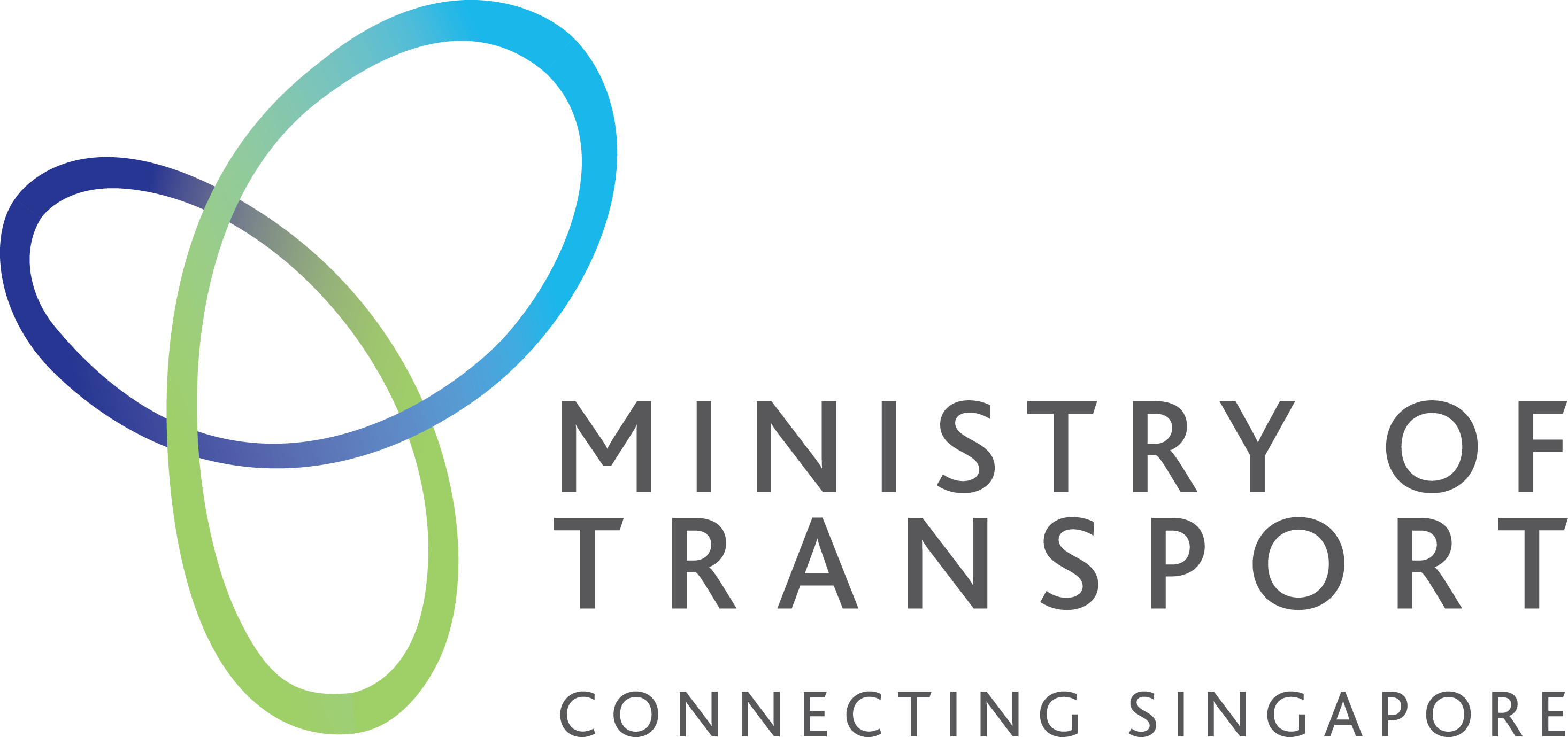Speech by Senior Minister of State for Sustainability and the Environment & Transport, Dr Amy Khor at the Launch Of Clickargo Singapore
17 January 2023
This article has been migrated from an earlier version of the site and may display formatting inconsistencies.
Mr Desmond Tay,
CEO of GUUD Singapore,
Distinguished guests,
Ladies and gentlemen,
1. A very good afternoon to all. Thank you for inviting me today to join you for the official launch of Clickargo Singapore.
2. Last year, the Government announced the target for Singapore to achieve net zero emissions by 2050. To achieve this target, the land transport sector, accounting for 15% of emissions, will need to significantly decarbonise.
3. The commercial vehicle segment will be critical to this effort. In fact, to remain on track towards our emissions target, we have announced a vision for all vehicles, including commercial vehicles, to run on cleaner energy by 2040. Although commercial vehicles comprise only around one-sixth of our vehicle population, they account for about 40% of all land transport emissions today.
4. This is because many commercial vehicles in Singapore still run on diesel. They also tend to clock more mileage. If commercial vehicle owners switch to electric or cleaner energy variants over time, this will go a long way towards reducing land transport emissions.
5. Commercial vehicle owners today face two main challenges in electrifying their fleet. The first is cost. Electric commercial vehicles today cost more upfront compared to an equivalent diesel vehicle.
6. Depending on the models compared, the upfront cost difference could be more than $40,000 among light goods vehicle models, or more than $100,000 among heavy goods vehicle models. Hydrogen fuel cell vehicles, which require dedicated refuelling infrastructure, will cost even more.
7. The good news is – over the life cycle of these high-mileage commercial vehicles, the owners stand to enjoy substantial savings from the lower cost of electricity compared to fuel, which in turn brings down operating costs. After taking this into account, some electric models will already be comparable with equivalent diesel models on a life cycle cost basis.
8. The second challenge is charging. Commercial vehicles need to be charged more frequently and quickly, due to their high mileage. To support their charging needs, we need to plan and build a strong network of both high-powered and accessible chargers.
9. Such planning will need to be supported by a good understanding of the travel patterns of commercial vehicles. I am glad to note that our nationwide charging network is growing as a result of the efforts of EV charging operators and the Land Transport Authority. In particular, many high-powered charging points have already been deployed at offices, retail malls, and petrol stations.
10. To better cater to the charging needs of commercial vehicles, we expect more to be deployed in the coming years, including at some public carparks under LTA’s charging point tender.
11. For the reasons above, transforming the fuel mix of our commercial vehicle population is a challenging endeavour. The Government will continue to drive efforts towards this objective. Over the past few years, we have launched several major moves to promote commercial EV adoption.
12. For example, we implemented the Commercial Vehicle Emissions Scheme, as well as the Early Turnover Scheme, to incentivise the purchase of electric light goods vehicles, or LGVs. I am glad to note that the industry has responded strongly – electric LGV adoption accounted for 28% of all new LGV registrations in 2022. This is by far the highest adoption rate of EVs across all vehicle segments.
13. Moving on to heavy vehicles – we will require more targeted solutions. The Government will work closely with industry to develop these.
14. On this note, I am pleased that GUUD and its partners are stepping up to contribute to a more sustainable commercial vehicle sector, through Clickargo, a digital platform for freight forwarders and fleet owners to manage their supply chain activities. The platform allows for route planning optimisation, which can help reduce the fuel consumption of delivery trucks.
15. Fleet owners registered on Clickargo will also have access to additional services from GUUD’s strategic partners that facilitate the switch to electric vehicles:
i. For example, CO2 Connect offers a carbon emissions tracking software for users of the platform. Fleet owners on the platform can use emissions data tracked by the software to access green financing options.
ii. Yinson Green Technologies offers electric trucks for leasing to users of the platform at discounted rates.
iii. Assure Insurance offers preferential motor insurance rates exclusively for vehicles registered on the platform.
iv. Shell will also offer discounted charging for electric trucks owned by users on the platform.
v. These joint efforts help to tackle the cost challenge that I had mentioned earlier.
16. The launch of Clickargo Singapore is an excellent opportunity to get commercial vehicle users to come onboard a more sustainable vehicle ecosystem, and I am glad that GUUD and its partners are pioneering this change. I look forward to hearing about the achievements of Clickargo Singapore in time to come, and for more fleet and logistics players to follow their lead.
17. Once again, I congratulate GUUD and its partners on the successful launch of Clickargo Singapore. Wishing everyone a pleasant afternoon ahead.
18. Thank you.
